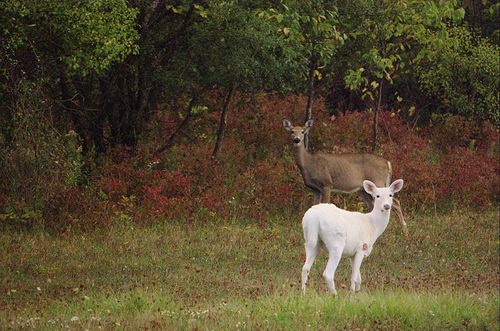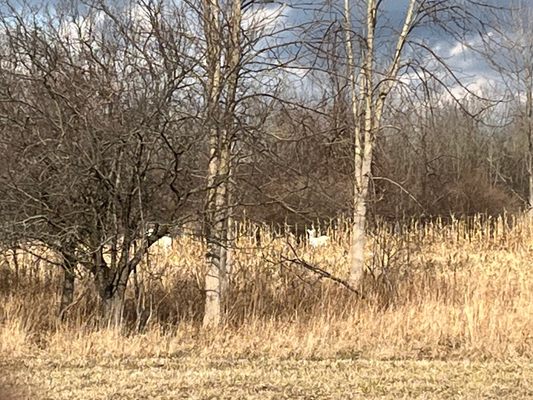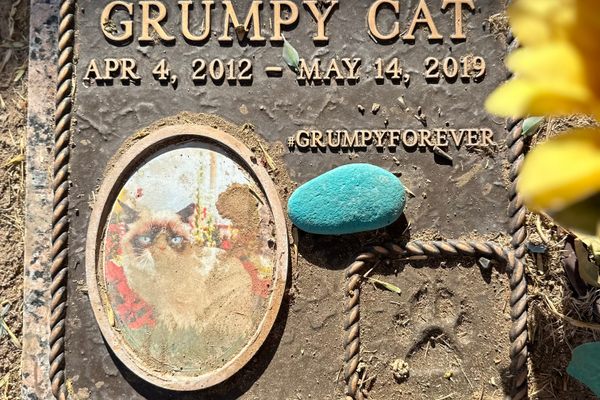About
For years, rumors have circulated about the strange herd of white deer living in the former Seneca Army Depot in Seneca County, New York. Many people have speculated that the "albino" breed of deer were freak-accidents in an army experiment gone wrong. Others have attributed the animals' appearance to an underground supply of radioactive military weapons. Neither of these rumors, however, are true.
The white deer were first spotted around 1941, when the U.S. Army fenced off 24 square miles of land for the Seneca Army Depot, a munitions storage site. Under the protection of the security fencing, the deer population thrived -- and, along with it, a recessive-gene for white coloration. Though the animals appeared to be albino, they were, in fact, White-tailed deer who carried the recessive-gene for an all-white coat.
As the white deer population proliferated through the 1950s, the U.S. Army decided to protect the unique herd. Aiding in the process of artificial selection, a depot commander managed the brown deer population through hunting and forbade GI's from shooting any white deer. Since then, the white deer population has grown to approximately 300, making it the largest herd of white deer in the world.
The Seneca Army Depot was shut down in 2000 and has been closed to the public ever since. That is until recently, when Seneca White Deer, Inc., successfully turned the area into a conservation park and partial Cold War museum. Since November 2017, 90-minute bus tours of the site have become available. On the tour, you will learn about some of the base history as well as about the deer, and while sightings are not guaranteed since they are wildlife, the guides know the best places to find them for visitors to see and photograph. Additionally, visitors will have the opportunity to go inside one of the over 500 igloos (the earth-covered buildings used to store the munitions) during the tour as well as a personnel bomb shelter.
Related Tags
Know Before You Go
Tours are no longer available as of 2019.
Community Contributors
Added By
Published
December 7, 2009































